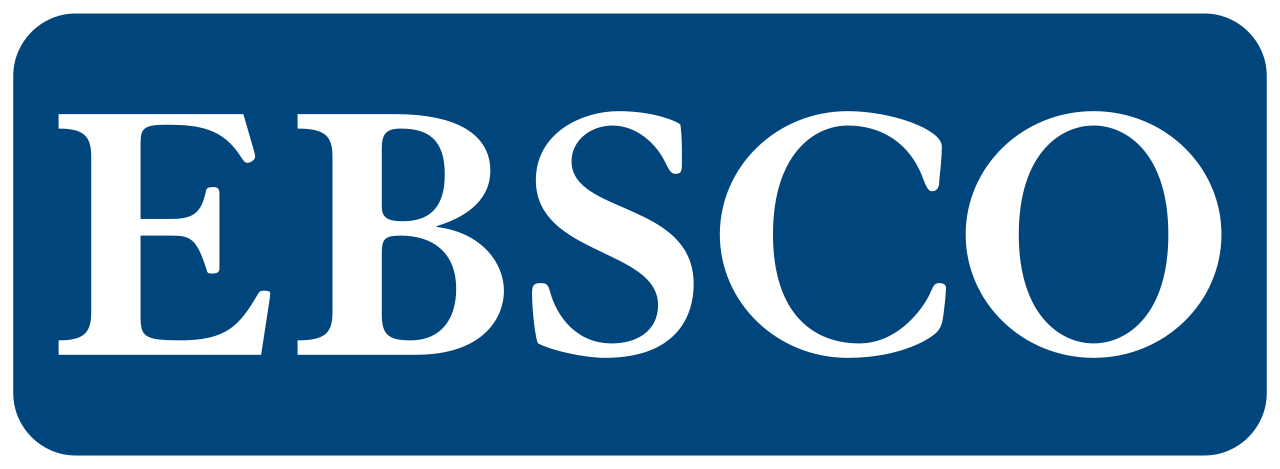Development of Religious Moderation Application Based on Go Moderate Application in Improving the Moderate Attitude of Madrasah Aliyah Students
DOI:
https://doi.org/10.57096/edunity.v4i7.415Keywords:
Religious Moderation, Digital Application, Character Development, Islamic Education, ADDIE ModelAbstract
This study is motivated by the strategic role of Madrasah Aliyah (Islamic senior high schools) as educational institutions in instilling the values of religious moderation among students in the digital era. Although religious moderation has become an essential component in strengthening national character, the learning process in madrasahs still faces significant challenges, such as the limited availability of interactive learning media and the underutilization of digital technology in education. The objectives of this research are to: (1) analyze the need for a digital-based religious moderation application, (2) design an application model, (3) develop the application, (4) implement the application in learning activities, (5) conduct evaluations, (6) test its validity, and (7) assess the impact of its use. The research method employed is Research and Development (R&D), using the ADDIE development model, with data collection techniques including interviews, document analysis, questionnaires, observations, and tests. The research subjects were students at MAN 2 and MAN 3 Cianjur Regency. The findings reveal that the needs analysis indicates the necessity for digital learning media that support the development of moderate attitudes. The application was developed in mobile format, with a design flow based on flowcharts and storyboards. Implementation of the application at MAN 2 Cianjur yielded a score of 3.83 (categorized as very good), while at MAN 3 Cianjur it scored 3.66 (categorized as good). The formative evaluation indicates that the application is effective, practical, and has a positive impact. The GO MODERATE application represents a strategic innovation in religious moderation education that is contextual and aligned with the characteristics of the digital generation.
References
Al-Qardhawi, Y. (2001). Islam is the Middle Way Away from Excessive Attitudes in Religion. Cairo: Dar Al-Shuruq.
Anderson, T., & Dron, J. (2011). Three generations of distance education pedagogy. International Review of Research in Open and Distributed Learning, 12(3), 80–97. https://doi.org/10.19173/irrodl.v12i3.890
Borg, W. R., & Gall, M. D. (1989). Educational research: An introduction (5th ed.). New York: Longman.
Branch, R. M. (2009). Instructional design: The ADDIE approach. Springer Science & Business Media.
Brooks, J. G., & Brooks, M. G. (1993). In Search of Understanding: The Case for Constructivist Classrooms. ASCD.
Clark, R. C., & Mayer, R. E. (2011). E-learning and the Science of Instruction. Wiley.
Dick, W., Carey, L., & Carey, J. O. (2005). The systematic design of instruction (6th ed.). Boston: Allyn & Bacon.
Falah, M., & Nurdin, E. S. (2021). Religious moderation education in madrasas: Strategy and implementation. Journal of Islamic Education, 7(1), 15–29. https://doi.org/10.15575/jpi.v7i1.10934
Hamalik, O. (2015). Curriculum and learning. Jakarta: Bumi Aksara.
Ministry of Religion of the Republic of Indonesia. (2020). Religious Moderation. Jakarta: Research and Development Agency of the Ministry of Religion of the Republic of Indonesia.
Kemmis, S., & McTaggart, R. (1988). The Action Research Planner. Deakin University Press.
Kolb, D. A. (1984). Experiential Learning: Experience as the Source of Learning and Development. Prentice Hall.
Kusmana, K. (2020). Moderate Islam in Indonesian Islamic higher education. Indonesian Journal of Islam and Muslim Societies, 10(1), 1–24. https://doi.org/10.18326/ijims.v10i1.1-24
Mayer, R. E. (2005). The Cambridge Handbook of Multimedia Learning. Cambridge University Press.
Miarso, Y. (2004). Sowing the seeds of educational technology. Jakarta: Kencana.
Munir. (2017)). Digital Learning: Implementation and Utilization in the World of Education. Bandung: Alfabeta.
Nieveen, N. (2009). Formative evaluation in educational design research. In T. Plomp & N. Nieveen (Eds.), An introduction to educational design research (pp. 89–102). Enschede: SLO.
Norton, P. (2005). Introduction to Computers. McGraw-Hill.
Reiser, R. A., & Dempsey, J. V. (2018). Trends and Issues in Instructional Design and Technology. Pearson.
Skinner, B. F. (1953). Science and human behavior. New York: Macmillan.
Stufflebeam, D. L. (1971). The Relevance of the CIPP Evaluation Model for Educational Accountability. ERIC.
Sugiyono. (2018). Educational research methods (Quantitative, qualitative, and R&D approaches). Bandung: Alfabeta.
Thiagarajan, S., Semmel, D. S., & Semmel, M. I. (1974). Instructional development for training teachers of exceptional children: A sourcebook. Bloomington: Indiana University.
Trentham, J. D. (2014). Educational Technology: Integration and Implementation. Routledge.
Tuckman, B. W., & Monetti, D. M. (2011). Educational psychology (3rd ed.). Belmont, CA: Wadsworth Cengage Learning.
Vygotsky, L. S. (1978). Mind in Society: The Development of Higher Psychological Processes. Harvard University Press.,b,
Wijaya, T. T. (2022). Development of Hybrid Mobile Applications for Education. Yogyakarta: Deepublish.
Zuchdi, D., Fuad, A., & Wahyuni, D. (2015). Character education development model based on strengthening religious and cultural values. Journal of Education Horizons, 34(3), 400–410. https://doi.org/10.21831/cp.v3i3.7401
Downloads
Published
Issue
Section
License
Copyright (c) 2025 Bayu Bambang Nurfauji, Tedi Priatna, Erni Haryanti, Ratu Suntiah, Rifa Rizqiyani

This work is licensed under a Creative Commons Attribution-ShareAlike 4.0 International License.
Authors who publish with this journal agree to the following terms:
- Authors retain copyright and grant the journal right of first publication with the work simultaneously licensed under aCreative Commons Attribution-ShareAlike 4.0 International (CC-BY-SA). that allows others to share the work with an acknowledgement of the work's authorship and initial publication in this journal.
- Authors are able to enter into separate, additional contractual arrangements for the non-exclusive distribution of the journal's published version of the work (e.g., post it to an institutional repository or publish it in a book), with an acknowledgement of its initial publication in this journal.
- Authors are permitted and encouraged to post their work online (e.g., in institutional repositories or on their website) prior to and during the submission process, as it can lead to productive exchanges, as well as earlier and greater citation of published work.








